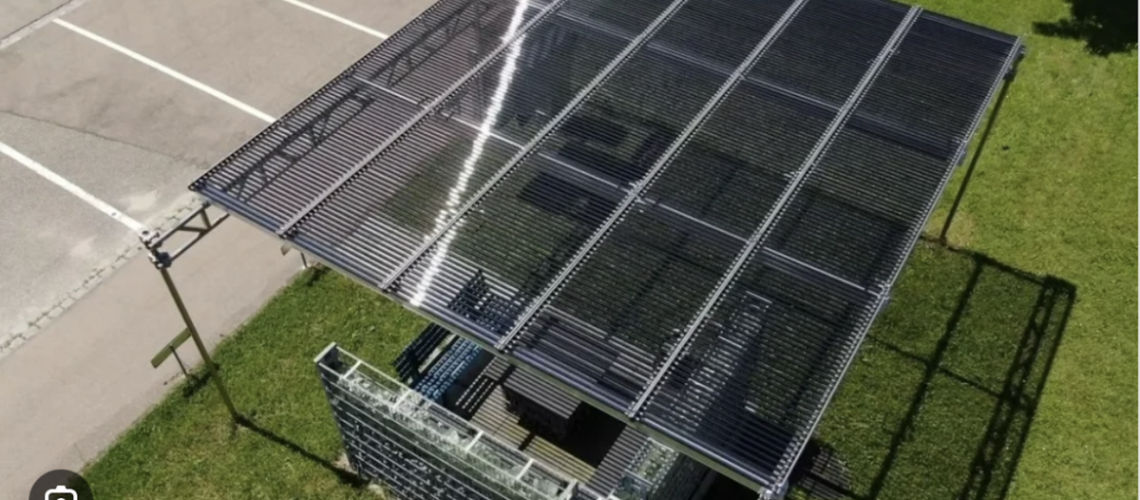Ascent Solar’s proposed system utilizes thin film solar cell technology from copper indium gallium diselenide chemistry to provide farmers with energy-producing and resource-saving agrivoltaic systems.
Solar panel manufacturer Ascent Solar Technologies received good news from the Department of Energy (DOE) in response to submitting a concept paper for their proposed new agrivoltaic system. The DOE decided to “encourage” their proposition to design more reliable and durable solar panels that produce and consume electricity on-site for domestic farmers.
Ascent has been researching and developing flexible thin-film solar panels suited for harsh environments for 40 years. They started manufacturing solar cells fifteen years ago and recently announced a significant increase in power conversion efficiency for their copper indium gallium diselenide (CIGS) solar cells. This makes their technology more suitable for various applications like planes, satellites and agrivoltaic systems.
Ascent suggests its thin film solar cell technology is better for agrivoltaics because it increases land productivity and economic value. A study published in the Multidisciplinary Digital Publishing Institute indicates that combining energy and agricultural production is far more efficient than parceling out pieces of land to produce energy at the expense of agricultural activity. Other research published in ScienceDirect states that agrivoltaic systems built over shade-tolerant crops generated a 30% increase in economic value for farmers compared to conventional methods.
“Thin-film solar is uniquely capable of being produced and incorporated into agrivoltaic applications, and we appreciate the DOE’s commitment to exploring the potential of the technology,” said Paul Warley, CEO of Ascent.
The proposal was submitted under the DOE’s Bipartisan Infrastructure Law: Silicon Solar Manufacturing and Dual-use Photovoltaics Incubator program. The scheme, developed by the DOE’s Solar EnergyTechnologies Office (SETO), is meant to incentivize the innovation of next-generation solar technologies while continuing to reduce the cost of solar and boost domestic solar manufacturing. According to the DOE, projects from this funding opportunity will help accelerate the domestic transition to a decarbonized and resilient grid by 2035. A total of $45 million will be awarded to various qualifying projects.
There are two topic areas under which applicants can submit a proposal. Ascent applied under Topic Area: Dual-use PV Incubator. Projects in this category are meant to develop products that encourage the establishment of new markets for the burgeoning solar panel industry.
That includes agrivoltaics, building-integrated PV, floating PV and vehicle-integrated PV. The DOE suggests two to eight projects will be awarded between $1 and $1.6 million each.
“We want to demonstrate our technology’s potential to produce solar energy on farms and provide water conservation,” said Warley.
In a study conducted in Belgium, researchers were able to verify that the vertical PV system could reduce water demand for the irrigated main crops.
Ascent Solar has a research and development center and a 5MW nameplate production facility in Thornton, Colo.



